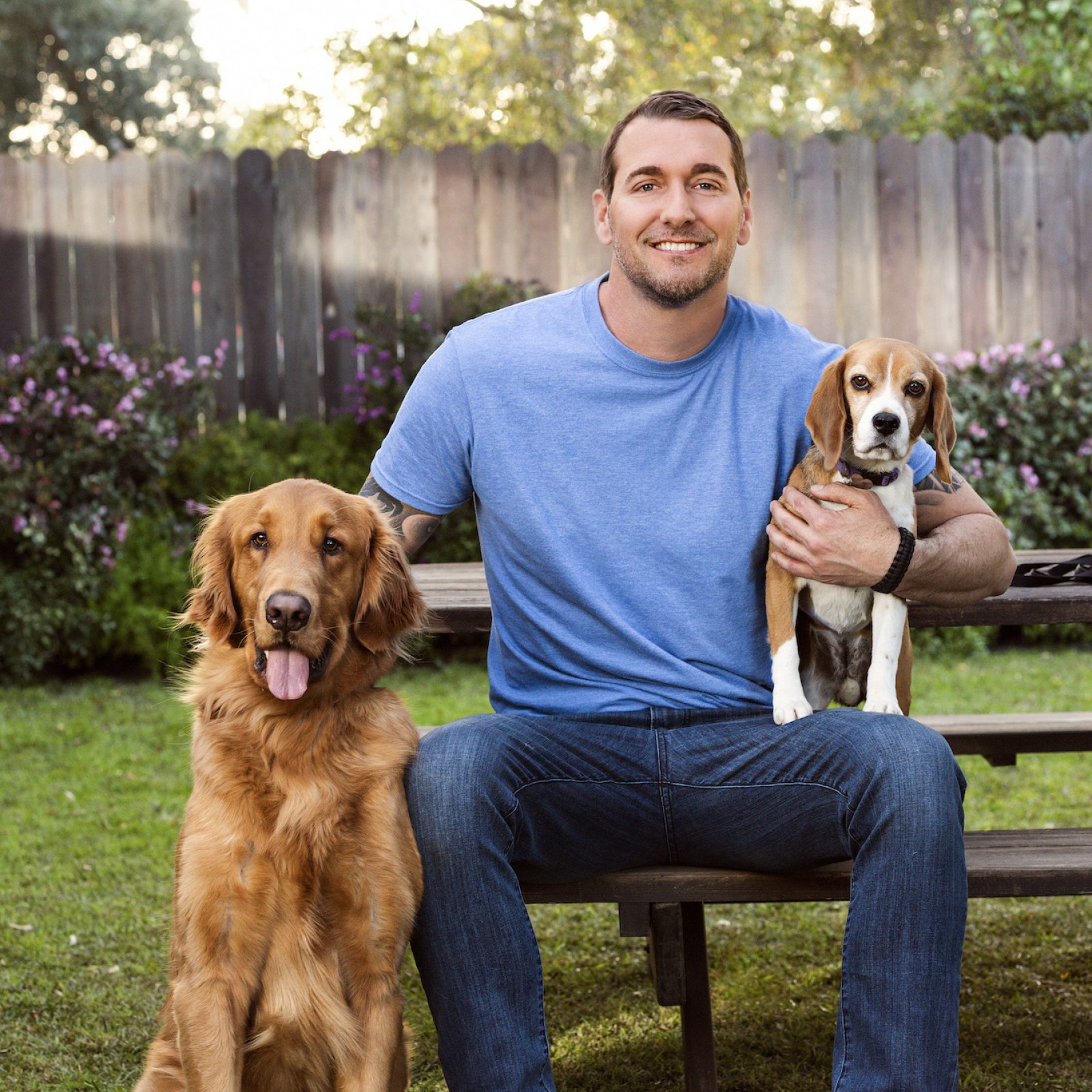Common Mistakes to Avoid During Dog Training for Better Results
Common Mistakes to Avoid During Dog Training for Better Results
Blog Article
Newbie's Guide to Effective Canine Training in the house
Effectively training a pet in the house calls for a nuanced understanding of canine actions and efficient interaction techniques. Developing clear training goals, making use of high-grade benefits, and maintaining consistency across household participants are important elements. Integrating training right into day-to-day routines can boost both involvement and retention. Lots of amateur instructors run into challenges that might hinder development. To browse these intricacies properly, it's important to check out a number of key elements that can change your technique and bring about an unified partnership with your pet dog. What fundamental principles should every beginner grip to make sure success?
Recognizing Pet Dog Habits
Comprehending pet behavior is crucial for efficient training and cultivating a harmonious partnership between humans and their canine companions. Dogs interact largely via body language, vocalizations, and face expressions, making it essential for owners to translate these signals precisely. Acknowledging habits such as tail wagging, grumbling, or cowering can offer insights into a canine's mood and purposes.

Common behavior concerns, such as hostility, anxiety, or excessive barking, frequently originate from misconceptions or unmet demands. Observing and resolving these issues without delay can prevent rise and guarantee a favorable training experience. By cultivating a deep understanding of pet habits, proprietors can customize their training techniques to suit their canine friends, ultimately leading to a satisfied and mannerly animal.
Necessary Training Devices
A fully equipped training space can substantially enhance the performance of dog training at home. Essential training devices make sure that both the pet and the instructor can involve in productive sessions that foster understanding and bonding.

Purchasing a tough chain and a comfortable, well-fitting collar or harness is essential for safety and security and control. These tools help develop boundaries and guarantee the pet stays secure during training. In addition, a marked training area, without interruptions, help concentration for both the dog and the fitness instructor.
Educating help such as training pads, cones, or agility tools can also improve the experience by presenting variety and challenges. Having a note pad or digital app for tracking progress can be indispensable, enabling you to keep in mind successes and areas for enhancement. Making use of these vital devices will develop a positive training setting and lay the foundation for efficient learning.
Developing an Educating Routine
Developing a constant training routine is essential for navigate to this site reliable dog training in the house. A well-structured regular not only aids in strengthening wanted habits but additionally provides your pet dog with a complacency and predictability. To create an efficient training regular, start by recognizing certain training objectives, such as basic commands, leash strolling, or housebreaking.
Pick a designated time daily for training sessions, ideally when your pet is receptive and sharp. Procedure needs to be short, around 5 to 15 minutes, to keep emphasis and protect against exhaustion. Consistency in timing and atmosphere will certainly enhance your pet dog's learning experience.
Integrate training right into daily tasks to strengthen abilities. For instance, technique commands during walks or nourishment, which integrates finding out into natural routines. In addition, stay adaptable and adjust the routine as necessary, accommodating your pet dog's energy levels and mood.
Favorable Reinforcement Methods
Favorable reinforcement techniques are fundamental to efficient pet training, advertising desired actions via rewards as opposed to penalty. This approach utilizes favorable stimulations, such as treats, praise, or playtime, to motivate dogs to repeat certain activities. The foundation of this strategy is timing; have a peek at this website incentives should be given promptly complying with the desired behavior to develop a clear organization.
When executing positive reinforcement, it is important to choose incentives that are motivating for your canine. High-value deals with, such as little pieces of chicken or cheese, can be specifically efficient during training sessions. Furthermore, varying the incentives can preserve your dog's passion and excitement.
Beginning with basic commands, like "sit" or "remain," and slowly development to much more complicated jobs. Consistency is vital; make sure that all member of the family utilize the same commands and reward systems to avoid complication.
Furthermore, it is important to stay person and prevent disappointment. Pet dogs, like people, discover at their very own rate. By cultivating a supportive training environment with favorable reinforcement, you can enhance your pet's learning experience while enhancing the bond in between you and your fuzzy buddy, laying the groundwork for successful training results.
Typical Training Difficulties
While training a dog at home can be a satisfying experience, it often comes with a collection of common obstacles that can evaluate both perseverance and uniformity. One prevalent concern is diversion. Pet dogs might end up being conveniently averted by noises, motions, or perhaps fragrances in their setting, making it hard to keep their emphasis throughout training sessions.
An additional obstacle is variance in commands and support. It can hinder and perplex the dog progress if family participants use various cues or incentives. Developing a unified technique is important for efficient communication.
In addition, dogs can experience irritation or tension, particularly if they do not recognize what is expected of them. This can lead to unwanted behaviors, such as barking or eating.
Lastly, the timing of support is essential (Dog training). Delayed incentives can diminish the effectiveness of favorable support, as pets may fail to connect the behavior with the incentive
Getting over these difficulties calls for commitment, clear communication, and an organized training strategy. Recognizing and resolving these typical challenges will certainly lead the way for a much more pleasurable and effective training experience at home.
Conclusion
Finally, effective pet dog training in your home demands a thorough understanding of canine behavior and effective interaction methods. By developing clear training objectives and using top notch deals with together with favorable support, the training process becomes extra fulfilling for both the pet and the fitness instructor. Consistency, persistence, and flexibility are important components that promote discovering. Inevitably, integrating training right into everyday regimens boosts the bond between pet dog and proprietor, making the experience both productive and enjoyable.
Establishing a constant training routine is crucial for reliable dog training at home.Positive support methods are essential to reliable pet dog training, promoting desired actions through incentives instead than penalty (Dog training). By fostering an encouraging training atmosphere via favorable support, you can improve your pet dog's knowing experience while find out here now reinforcing the bond between you and your fuzzy friend, laying the groundwork for effective training results
In conclusion, effective pet training at home demands a detailed understanding of canine behavior and reliable interaction approaches. By developing clear training goals and using high-grade treats together with positive support, the training process ends up being extra satisfying for both the fitness instructor and the pet dog.
Report this page